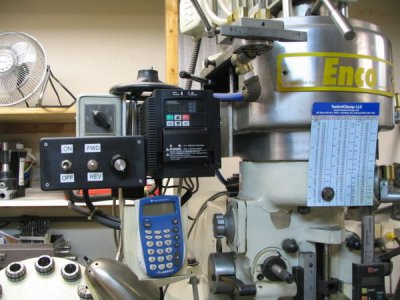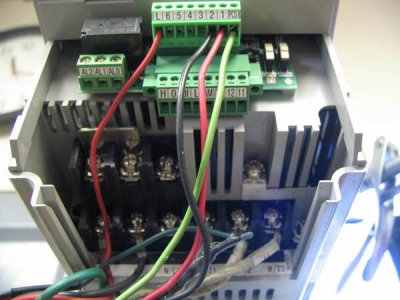The only problem with using a breaker for an on/off switch is that a breaker is rated for its amperage and to cycle only so many times - about 25 if you keep turning the breaker on and off, some breakers will not hold their rated current but become weaker - I don't know if this is the case for All breakers, but it used to be so. Why don't you put a on / off switch that is a double pole, single throw which means it has 2 sets of terminals or 4 to 6 terminals. Wire each leg of the 220 volts to one side of the switch and connect the receptacle to the other.
1 side of 220 V breaker ..................| switch |............................receptacle --------------------------------------- VFD
1 side of 220 V breaker ..................| switch |............................receptacle ----------------------------------------VFD
Bare Copper inside breaker panel ------------------------------------- Green Terminal of receptacle -------------- VFD



